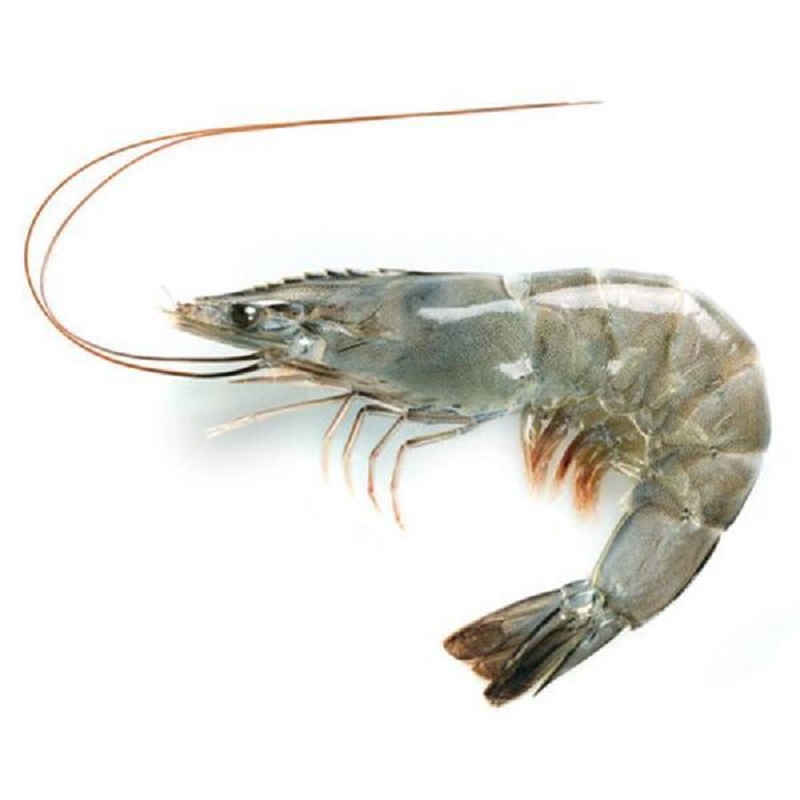Potassium dicarboxylate is the first non antibiotic growth promoting feed additive approved by European Union. It is a mixture of potassium dicarboxylate and formic acid through intermolecular hydrogen bond. It is widely used in piglets and growing finishing pigs. The results of feeding experiment showed that adding potassium dicarboxylate to pig diet could significantly increase the weight gain of pigs and reduce the number of deaths caused by bacterial infection. Adding potassium dicarboxylate to cow feed could also improve the milk yield of cows.
In this study, different doses of potassium dicarboxylate were added to the feed of low protein Penaeus vannamei, in order to explore an efficient and environmentally friendly non antibiotic growth promoting agent.
Materials and methods
1.1 experimental feed
The experimental feed formula and chemical analysis results are shown in Table 1. There are three groups of feed in the experiment, and the contents of potassium dicarboxylate are 0%, 0.8% and 1.5% respectively.
1.2 experimental shrimp
The initial body weight of Penaeus vannamei was (57.0 ± 3.3) mg) C. The experiment was divided into three groups with three replicates in each group.
1.3 feeding facilities
Shrimp culture was carried out in net cages with the specification of 0.8 m x 0.8 m x 0.8 M. all the net cages were set in a flowing round cement pool (1.2 m high, 16.0 m in diameter).
1.4 feeding experiment of potassium formate
Three groups of diets (0%, 0.8% and 1.5% potassium dicarboxylate) were randomly assigned to each group after weighing 30 pieces / box. The feeding amount was 15% of the initial body weight from day 1 to day 10, 25% from day 11 to day 30, and 35% from day 31 to day 40. The experiment lasted for 40 days. The water temperature is 22.0-26.44 ℃ and the salinity is 15. After 40 days, the body weight was weighed and counted, and the weight.
2.2 results
According to the experiment of stocking density, the optimal stocking density was 30 fish / box. The survival rate of the control group was (92.2 ± 1.6)%, and the survival rate of the 0.8% potassium diformate group was 100%; However, the survival rate of Penaeus vannamei decreased to (86.7 ± 5.4)%, when the addition level increased to 1.5%. The feed coefficient also showed the same trend.
3 discussion
In this experiment, adding potassium diformate can effectively improve the daily gain and survival rate of Penaeus vannamei. The same viewpoint was put forward when adding potassium dicarboxylate to pig feed. It was confirmed that the addition of 0.8% potassium diformate in shrimp feed of Penaeus vannamei had a better growth promoting effect. Roth et al. (1996) recommended the optimal dietary addition in pig feed, which was 1.8% in starter feed, 1.2% in weaning feed and 0.6% in growing and finishing pigs.
The reason why potassium dicarboxylate can promote growth is that potassium dicarboxylate can reach the weakly alkaline intestinal environment through feeding animal's stomach in a complete form, and automatically decompose into formic acid and formate, showing strong bacteriostatic and bactericidal effect, making animal's intestinal tract appear "sterile" state, thus showing growth promoting effect.
Post time: Jul-15-2021




